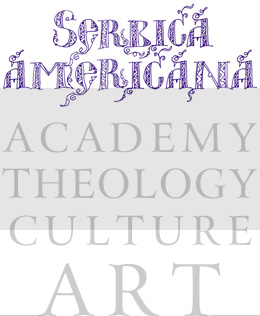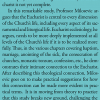Luka Erceg
linkedin.com/in/lerceg
Luka Erceg is a Canadian-born, American entrepreneur who has focused on sustainable/clean tech ventures. He holds a Juris Doctorate (J.D.), Master of Laws (LL.M.), Master of Business Administration (M.B.A.), and Bachelor of Marketing (B.Com.). He is a Certified Turnaround Professional (C.T.P) through the Turnaround Management Association (T.M.A.), a Certified Insolvency and Restructuring Advisor (C.I.R.A.) through the Association of Insolvency and Restructuring Advisors (A.I.R.A.) and holds the Series 65 license from the North American Securities Administrators Association (NASAA).







